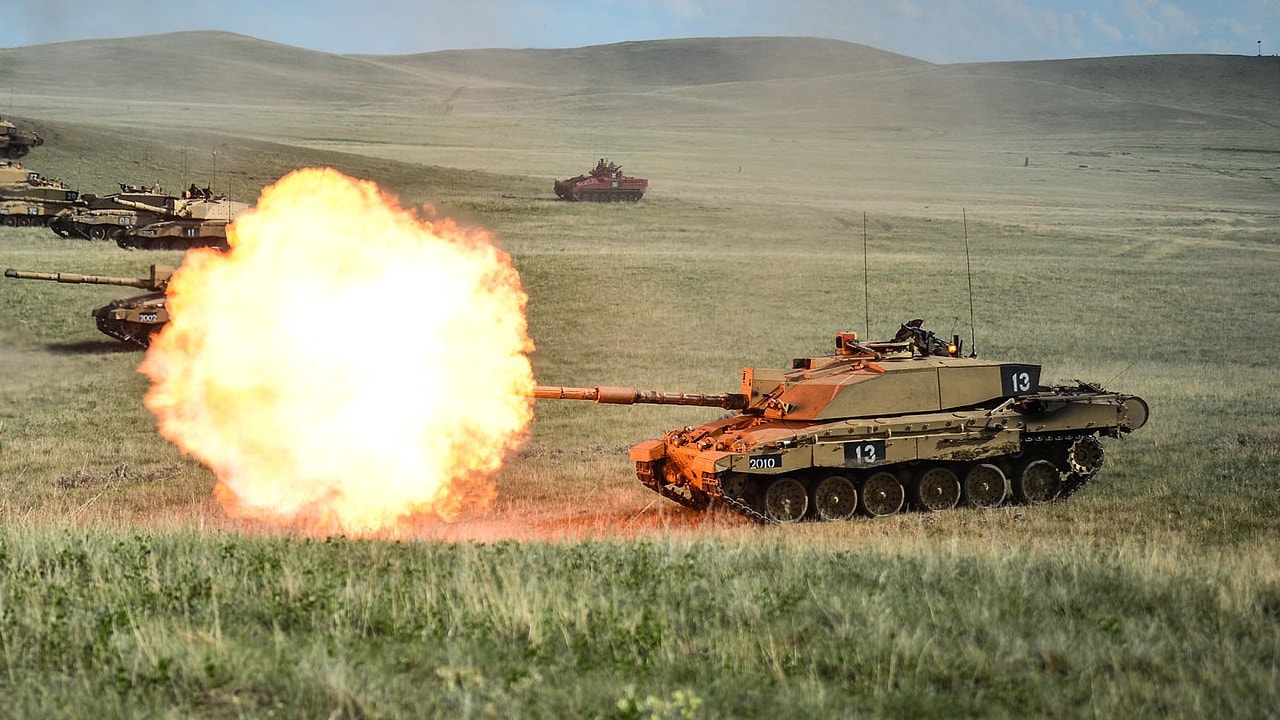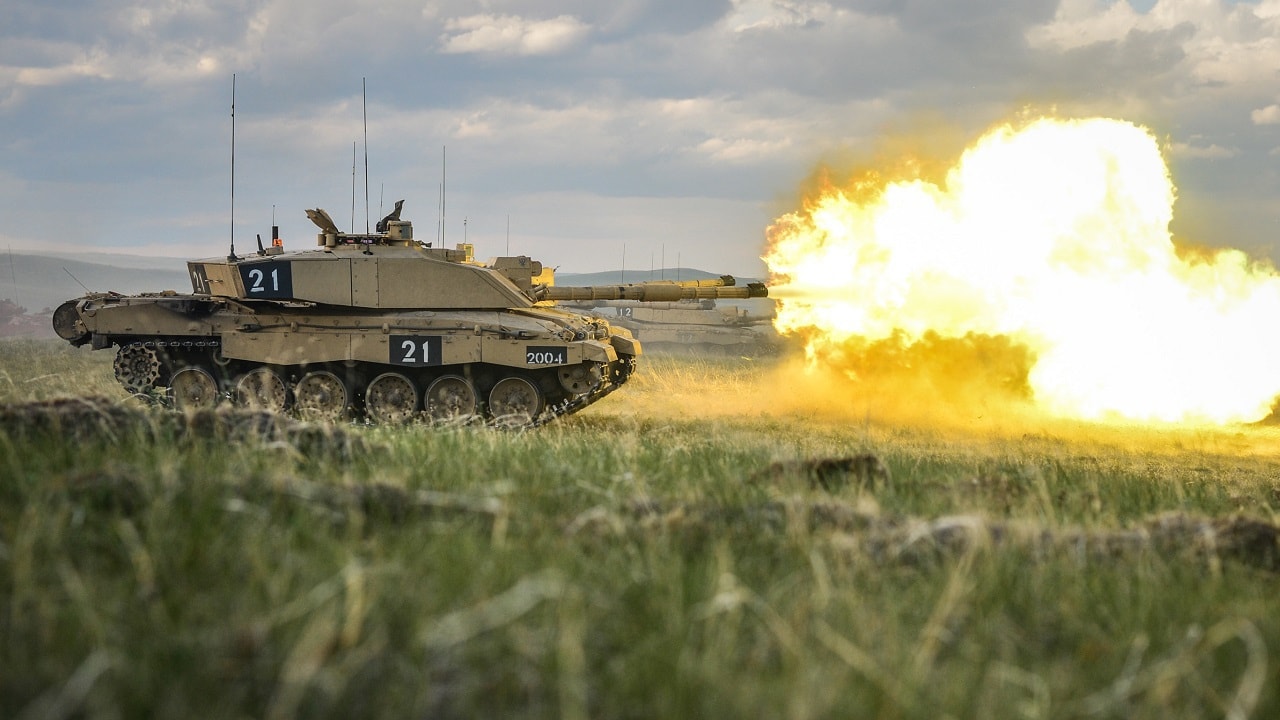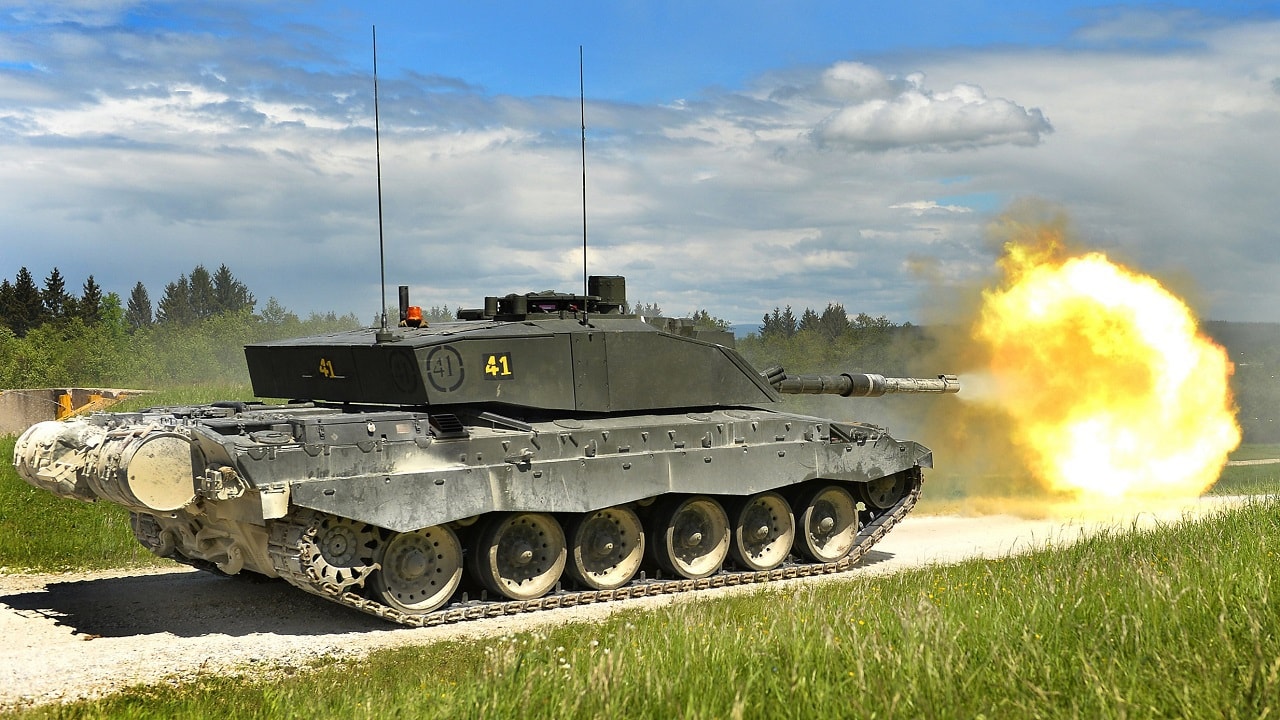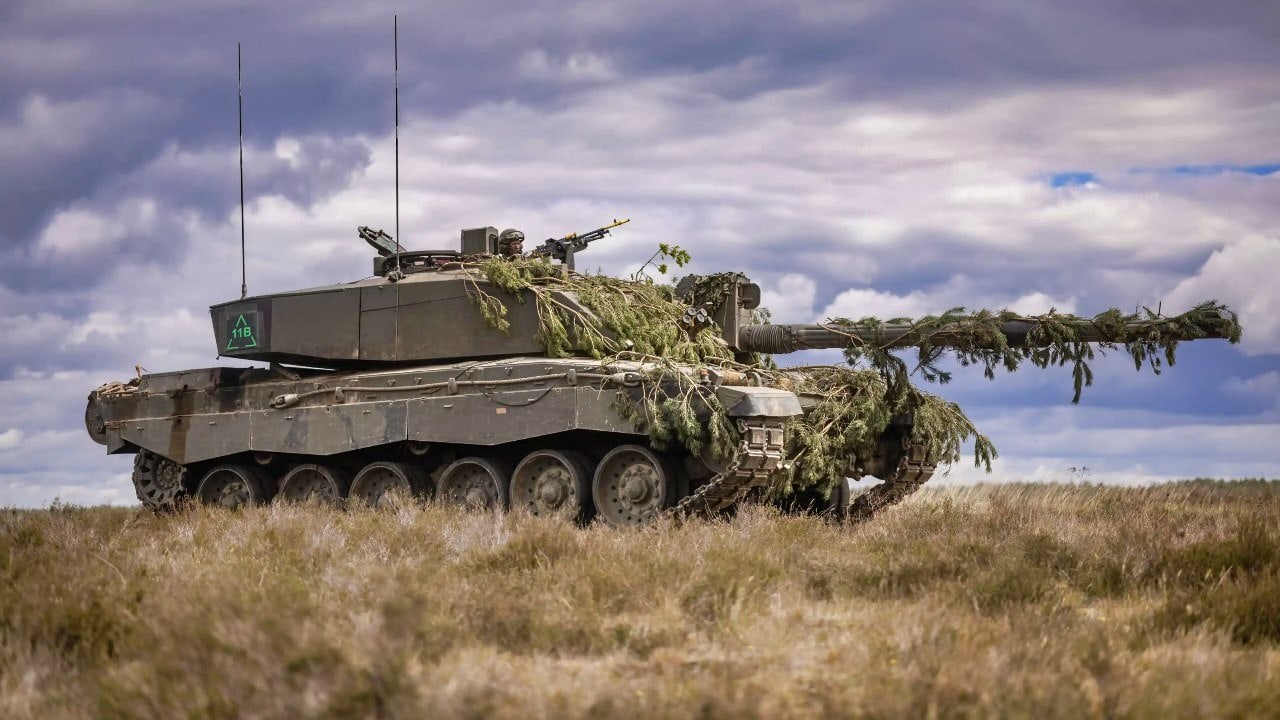Article Summary: The British Army’s armored and artillery forces are in crisis, with only 20–25 operational Challenger 2 tanks and a dwindling number of AS90 howitzers.
Key Point #1 – Years of budget cuts, supply chain failures, and contractor bankruptcies have hollowed out the force. Donations to Ukraine further strained resources, and Britain now lags behind even newer NATO members like Sweden in active armored capability.
Key Point #2 – Despite this, Prime Minister Keir Starmer has suggested Britain could participate in a Ukraine peacekeeping mission, a notion dismissed as unrealistic. Without major investment and reform, the UK’s military readiness will remain severely compromised for years to come.
20 Tanks Left? Britain’s Army Faces Its Biggest Crisis in Decades
In what has become a horror show for the British army, the force is even more hollowed out than once thought. The Brits may only have 20 to 25 main battle tanks that they could count on should there be an overseas deployment.
The Royal Armored Corps is supposed to have 59 Challenger 2 tanks, but there haven’t been that many in years.
The problem started in the 1990s and got worse due to parts shortages, defense contractors going bankrupt, and maintenance and repair worker shortages.
Fewer and Fewer Tanks since the 1990s
The British tank saga began with the purchase of 400 Challenger 2s in the 1990s. Now that has dipped down to 213 tanks presently after 14 were sent to Ukraine.
Those 213 have been under unrelenting negative pressure.
This Is About ‘Malign Neglect’
As the Independent explained, “These have been at the receiving end of ‘malign neglect’ – maintenance regimes slashed in the 2000s and 2010s, spares not purchased, and supply chains disappearing as companies went bust. In 2023, it was reported that only around 160 of the fleet was in any fit state to be used on operations (after extensive, expensive work) – and the situation got worse.”
25 ‘Active’ Tanks for British Army
Out of those 160, the Royal Armored Corps can’t find many tanks that are fully operational. They are trying to get at least 59 that are in “green” or “go” phase and many are still in “red” or “no go” status. Again, as noted by the article above, the active force of tanks has dwindled down to around 20 to 25, and getting 59 tanks ready to go will not be possible for an indefinite period of time.
NATO members Denmark and Sweden have more active tanks, which adds insult to injury. Sweden is a new alliance member but is more known for being neutral during the Cold War and not exactly boasting a dominant offensive land force.
What About the Struggling Artillery Branch?
The British artillery force has been decimated as well. The big-gun branch is struggling with only a “handful” of self-propelled AS90 artillery howitzers. The artillery force has been gravely neglected. Many of the AS90s are out of service with no tracks or engines.
They are collecting dust as artillery soldiers have few guns to train with. Again, there are no spare parts or components as the defense industrial base dries up. This has been the state of affairs for the British military over the last five years since the advent of Covid-19 snarled military supply chains and put technicians and maintainers out of work.
Meanwhile, the donations to Ukraine have hurt the artillery regiments. British politicians agreed to send 32 AS90s to Ukraine, which would make sense only if the active-duty domestic troops had a large force of active self-propelled howitzers. This leads one to believe that the country’s political leadership is either ignorant about the problem of military hardware shortages or incompetent.
Instead of refurbishing the old AS90s, the United Kingdom decided to buy 14 Swedish Archer 155mm guns. This again is insulting as the Swedish industrial base seems healthier than Britain’s.
Moreover, there is the problem of artillery ammunition which Britain is short of without the budget to buy more to sustain a deployment.
A Deployment to Keep the Peace in Ukraine Would Be Impossible
That is why sending a British expeditionary force of 20,000 troops to Ukraine to enforce what looks more and more like a future demilitarized zone after an armistice becomes functional is a pipe dream.
A multinational peacekeeping force would be needed to patrol the DMZ, and the UK is woefully unprepared to take on that responsibility.
Even so, British Prime Minister Keir Starmer volunteered his army for potential peacekeeping duties in Ukraine if an armistice is negotiated.
“I’m prepared to consider committing British forces on the ground alongside others if there is a lasting peace agreement,” Starmer told reporters on February 17.
Starmer clearly does not understand the state of the British military. There is no way the army is ready to go for an expedition of any sort. This would need to be a mechanized force with infantry, armor, and artillery and Britain is woefully unprepared.
Winston Churchill would be rolling in his grave if he knew the state of the defense forces. Britain barely can protect the homeland and is not able to project power beyond its shores. The Starmer offer is clearly for virtual signaling and not to be taken seriously. Many have warned about the state of the hollowed-out army and how it could not win a fight on the European continent.
It will be years before the armor and artillery branches can recover from this neglect. It will take a whole of government effort – not just the Ministry of Defense – to rectify this situation. It seems that the British public is not aware of the military’s problems and that is a shame when its political leaders make promises to deploy a force that does not exist.
It will take another Margret Thatcher or Churchill to fix the military, and those types of leaders only come once in a generation and may never appear in the 21st century again.
Challenger 2: The British Army’s Go-To Tank

A Challenger 2 Main Battle Tank of the Royal Welsh Battle Group on Exercise Prairie Storm at the British Army Training Unit Suffield (BATUS) in Canada.

A Challenger 2 Main Battle Tank of the Royal Welsh Battle Group on Exercise Prairie Storm at the British Army Training Unit Suffield (BATUS) in Canada.
The prairie of Alberta has provided an excellent opportunity for the British Army to train on a large scale since 1972. The British Army Training Unit Suffield (BATUS) is an organisation situated on one of the most sparsely populated areas of the Alberta plain. BATUS is equipped with in excess of 1000 vehicles including a full complement of Challenger 2 tanks and Warrior Infantry Fighting Vehicles. Each year a Regiment is sent there for six months to take the part of the ‘enemy’ for the other Regiments that are there to train each year.

A Challenger 2 main battle tank (MBT) is pictured during a live firing exercise in Grafenwöhr, Germany. Exercise BAVARIAN CHARGER was the first of three large contingency operation exercises being undertaken by 20th Armoured Brigade between May – October 2013. Contingency Operations training is known as Hybrid Foundation Training or HFT.
About the Author: Dr. Brent M. Eastwood
Brent M. Eastwood, PhD, is the author of Don’t Turn Your Back On the World: a Conservative Foreign Policy and Humans, Machines, and Data: Future Trends in Warfare, plus two other books. Brent was the founder and CEO of a tech firm that predicted world events using artificial intelligence. He served as a legislative fellow for U.S. Senator Tim Scott and advised the senator on defense and foreign policy issues. He has taught at American University, George Washington University, and George Mason University. Brent is a former U.S. Army Infantry officer. He can be followed on X @BMEastwood.

